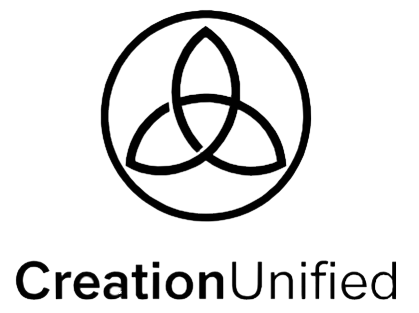By Kevin L. Brown
Published: October 2025 (DOI: 10.5281/zenodo.17232105)
Introduction
For centuries, science has searched for unifying patterns beneath nature’s complexity. From atomic lattices to galaxies, order seems to emerge through rhythm, resonance, and symmetry.
Triune Harmonic Dynamics (THD) proposes that this order can be captured through a simple but powerful metaphor: the fractal of transformation. At its heart lies a triadic structure — the fractal of all form — showing how stability arises only when three domains align: Reference (R), Drive (D), and Noise (N).
Rather than claiming new fundamental forces, this work reframes THD as a phenomenological metrology framework. It is not speculation detached from evidence — it is a structured way of measuring coherence residuals, normalizing them into a bounded index, and testing their predictive power with real instruments.
The Core Idea
The framework centers on the Triune Equilibrium Index (TEI):

Where:
- $\theta_R$ = stability of a reference oscillator or cavity
- $\theta_D$ = spectral purity of the drive
- $\theta_N$ = entropy residuals from system response
This index is bounded between 0 and 1. It represents the degree of tri-domain coherence. If any domain collapses, coherence falls — echoing the principle of simultaneous necessity.
THD treats this triad as a fractal pattern: whether in optics, acoustics, or material stacks, the same threefold structure reappears, shaping form and stability.
Why It Matters
By quantifying cross-domain coherence in this way, THD opens a new lens for measurement science:
- Metrology Innovation: TEI functions as a normalized figure of merit, like $Q$ in resonators or $ZT$ in thermoelectrics.
- Falsifiability: Predictions specify proportionality constants (e.g., $\alpha=0.20$ for interferometer visibility) that must be preregistered.
- Transparency: Casimir effects are explicitly admitted to be infeasible tests, while interferometry offers clear, measurable uplifts.
- Universality: The triadic “fractal of all form” suggests that coherence across scales may follow the same heuristic rules.
Use Cases Across Scales
- Optical Interferometry: Predicted 10–20% uplift in fringe visibility proportional to TEI*, with signal well above noise floors.
- Coil–Crystal Stacks: Frequency splitting linked to TEI*, with stability maximized near $3k$ winding multiples — a fractal design heuristic.
- Casimir Cavities: Retained as an illustrative bound only, showing rigor in excluding infeasible predictions.
These are not abstract ideas — they are quantitative predictions paired with sham controls, blinding protocols, and Bayesian analysis plans.
The Aspirational Horizon
If validated, THD would reveal that coherence itself has a fractal structure of transformation:
- Physics: Not a new particle, but a measurement principle showing how order emerges across domains.
- Technology: Potentially guiding the design of ultra-stable interferometers, sensitive materials, and resonance-driven sensors.
- Philosophy: Suggesting that stability in nature is never the product of one domain alone, but always of a triad — the fractal of all form.
Even null results are valuable: they constrain correlations, refine measurement practices, and prevent drift into unfalsifiable claims.
Why Now
Recent advances make this possible:
- Sub-percent resolution in interferometry
- Entropy-residual analysis enabled by fast digitizers
- Open preregistration platforms ensuring statistical rigor
These tools allow THD to move from metaphor to measurement.
Conclusion
Triune Harmonic Dynamics positions itself not as speculative theory, but as structured phenomenology. It treats coherence as a measurable fractal of transformation, one that recurs across systems through the triad of R/D/N — the fractal of all form.
By reframing its scope, THD becomes both rigorous and testable. Whether experiments confirm or refute its predictions, the framework offers a disciplined path to explore coherence as a unifying pattern across scales.
The full derivation, appendices, and protocols are openly available:
